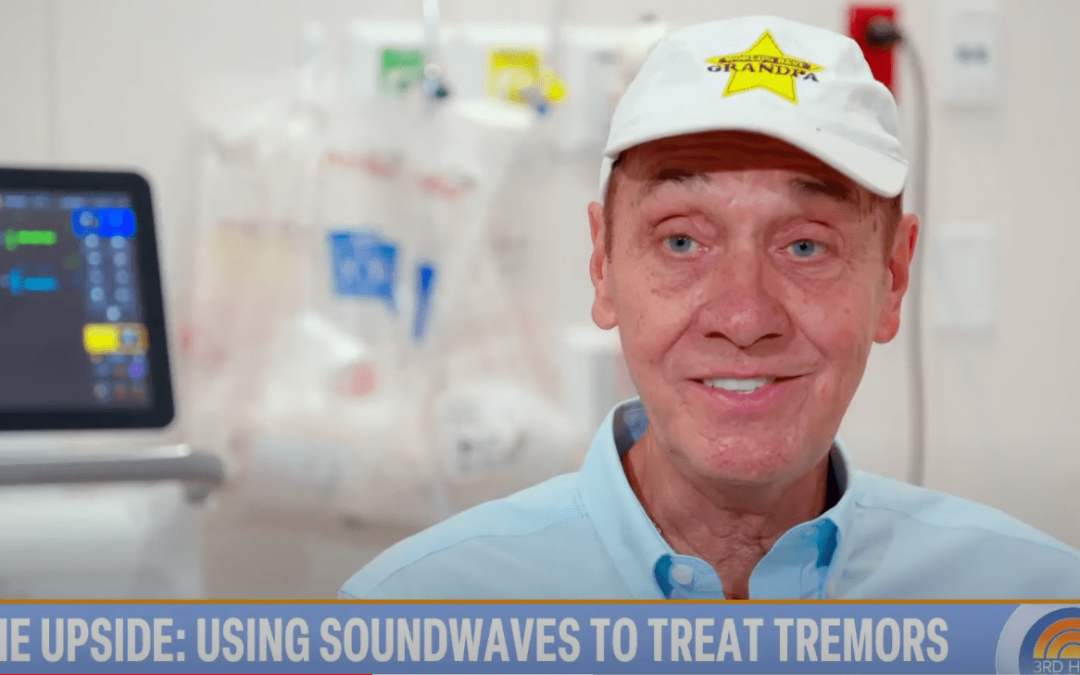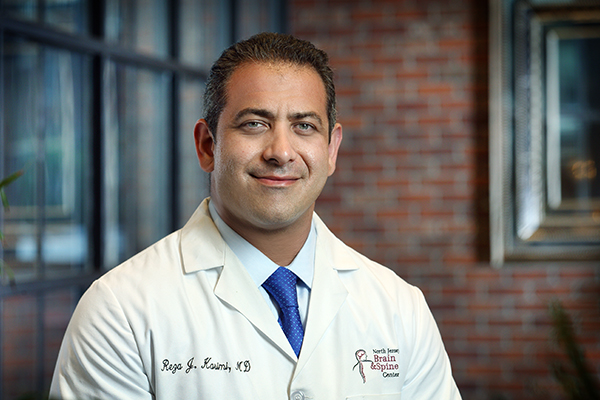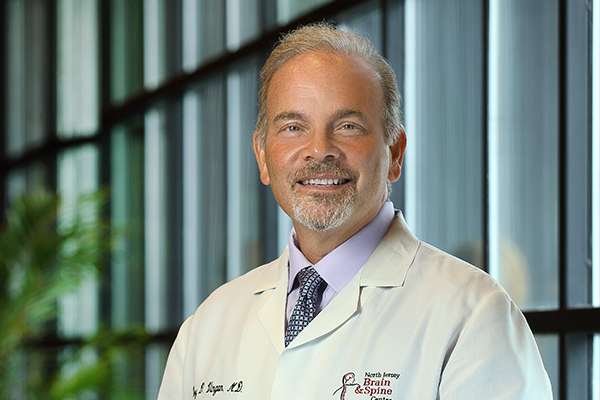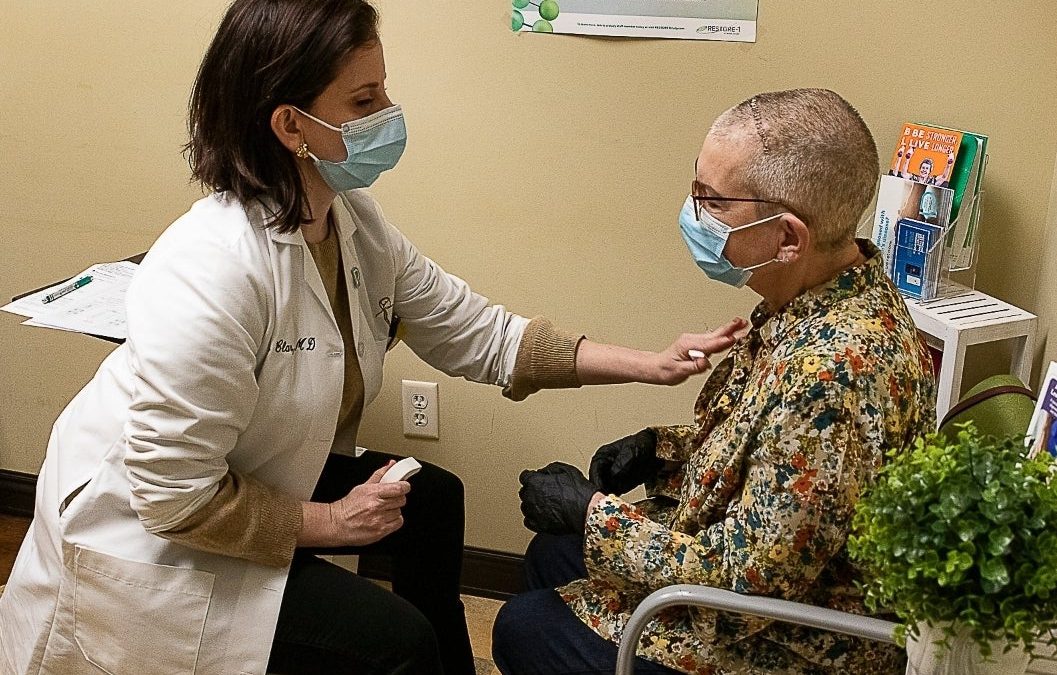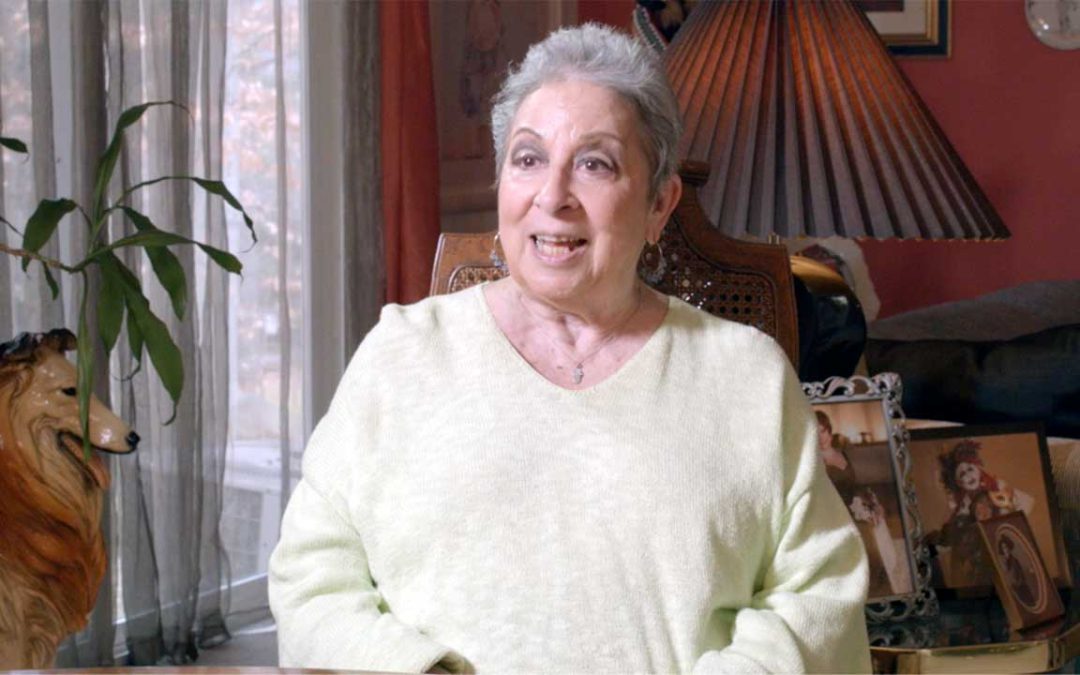Vasospasm is a condition whereby arterial diameter narrows with a resultant decrease in blood flow and in turn oxygen delivery (Figure 1,2). Muscular contraction of the arterial wall may be caused by surgical manipulation or medications but occurs most notably after aneurysmal subarachnoid hemorrhage. Classically, vasospasm develops in up to 20% of patients within 4-14 days after aneurysmal subarachnoid hemorrhage. The delayed complications related to ischemic stroke such as paralysis, loss of the ability to speak or coma may occur after what had been an otherwise uneventful aneurysmal clipping or coiling.
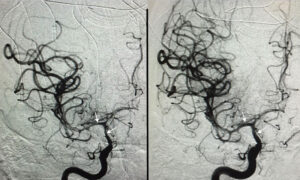
Figure 1
Left: AP angiogram showing vasospasm of the internal carotid, middle cerebral and anterior cerebral arteries (arrows). Right: AP angiogram after treatment with balloon angioplasty showing an increase in the diameter of vessels (arrows).

Figure 2
Superimposed images more clearly demonstrating the benefit of balloon angioplasty in treating vasospasm.
The treatment of vasospasm in patients with subarachnoid hemorrhage begins with prevention by assuring adequate hydration and administration of nimodipine, a neuroprotective medication. Non-invasive surveillance for the early physiological signs of vasospasm is achieved by transcranial doppler (TCD). This test measures the velocity of blood flow from cerebral vessels that are most likely to suffer from vasospasm. An increase in measured blood flow velocity is a reliable indication of vasospasm; this early warning system allows the neurovascular team to act more aggressively before irreversible symptoms develop. In patients where vasospasm has developed, prevention of anoxia is achieved by raising blood pressure artificially to facilitate blood flow as well as the administration of additional neuroprotective medications (mannitol, hypertonic saline). CT angiography and cerebral angiography are often recommended to confirm the clinical impression of vasospasm. Endovascular procedures including mechanical balloon angioplasty and intra-arterial administration of medications that serve to dilate blood vessels are commonly utilized to improve outcomes.

